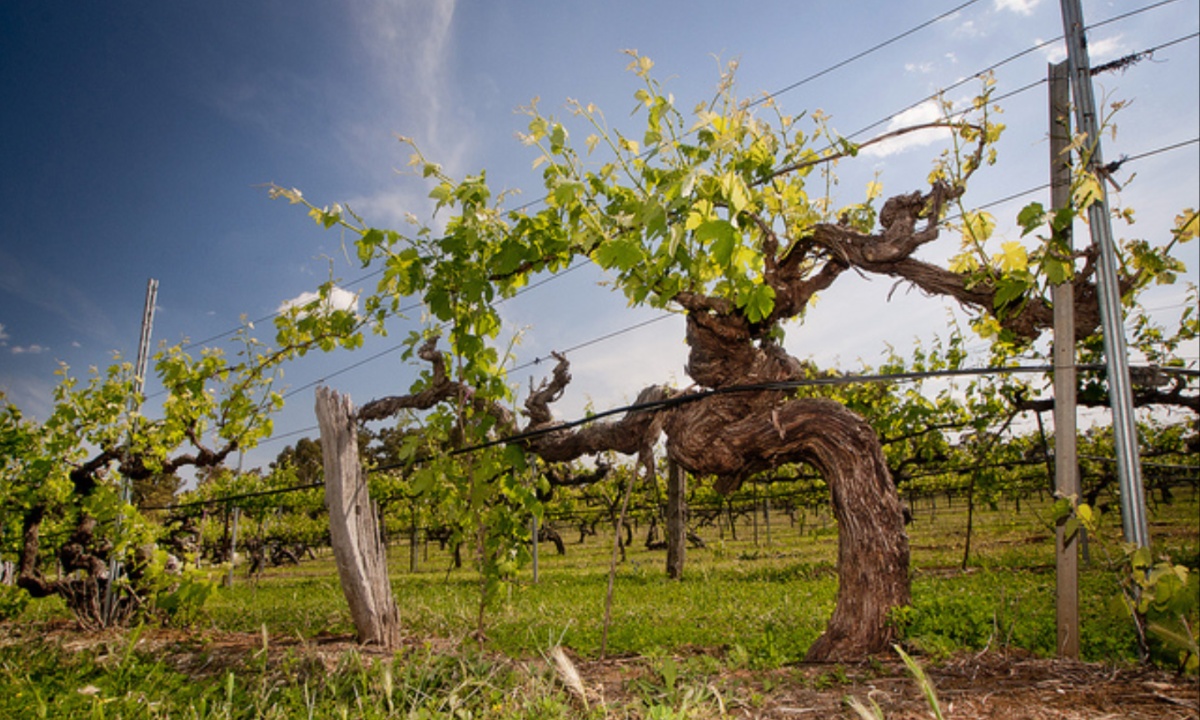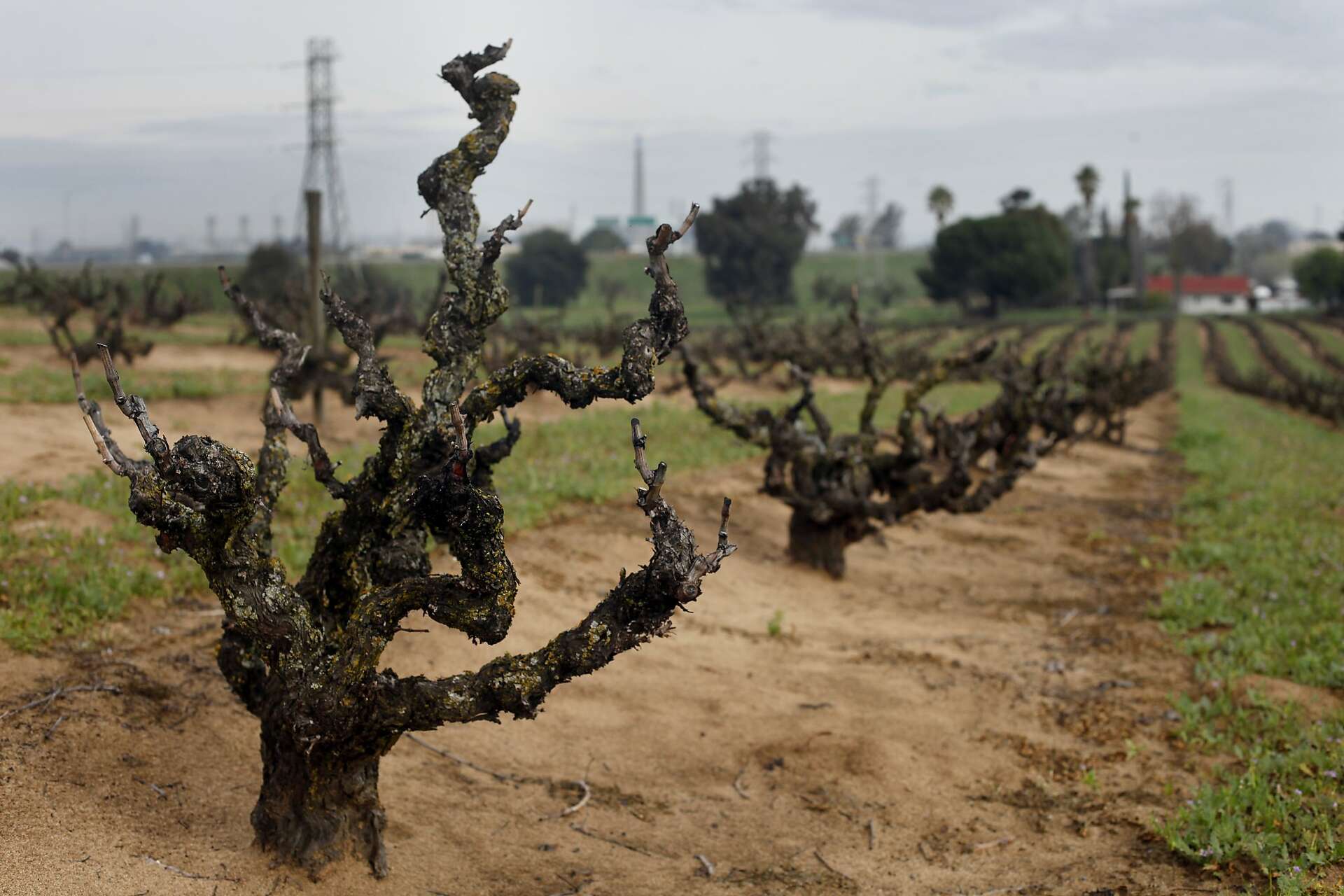The term “old vine” is often associated with depth, complexity, and superior quality in wine. It suggests that wines made from older vines have a greater sense of character. However, the influence of old vines on wine is more complex than the term implies.
Factors such as soil, climate, vineyard management, and winemaking techniques all contribute to the final product. There is no universal definition for what qualifies as an old vine. In Italy, vines over 40 years old are typically considered old, while in California, the Historical Vineyard Society sets the benchmark at 50 years. These differing standards highlight the variability in how old vines are classified.
Deep Roots and Careful Farming Enhance the Quality of Old Vine Wines
As vines age, their roots grow deeper into the soil, allowing them to absorb a wider range of nutrients and minerals. This deep-rooted system often results in grapes with greater complexity and more intense flavors. Older vineyards also tend to have wider spacing between vines, reducing competition for resources such as water and soil minerals.
This can lead to a stronger expression of the land in the wine. Many producers, such as those in Napa Valley’s Calistoga AVA, emphasize that old vines create wines with more layers of flavor and a more distinct identity compared to those made from younger vines.

The way old vines are cultivated significantly impacts the wine they produce. Excessive irrigation and the use of synthetic fertilizers can diminish the unique characteristics of grapes from old vines. Thoughtful vineyard management, including dry farming and the use of natural fertilizers, helps old vines reach their full potential.
Other factors, such as rootstock selection and clonal material, also play a role. Some wineries, like Argiano in Montalcino, highlight specific vineyard plots where old vines produce wine with such a unique character that it merits a separate bottling. Proper farming techniques ensure that old vines maintain their distinctiveness.
Climate Resilience and Terroir Expression Shape the Unique Strengths of Old Vines
In addition to their deep roots, old vines have adapted to varying weather conditions over time, making them more resilient. With increasing climate challenges such as drought and extreme temperatures, older vines are better equipped to withstand environmental stress.
Their established root systems allow them to access deeper water sources, making them less susceptible to heat waves and dry spells. Unlike younger vines, which may struggle in extreme conditions, old vines tend to produce consistent, high-quality fruit even in difficult years. This resilience makes them valuable in regions facing unpredictable weather patterns.
While old vines generally produce more concentrated fruit, different grape varieties respond in unique ways to age. Winemakers adjust their techniques based on the characteristics of the grapes, modifying fermentation, maceration, and aging processes to enhance the wine’s qualities.
One of the key distinctions between old and young vines is how they express their environment. Older vines tend to showcase the characteristics of their growing region, while younger vines highlight the traits of the grape variety itself. This sense of place, known as terroir, is what makes wines from old vines particularly sought after by wine enthusiasts and collectors.


